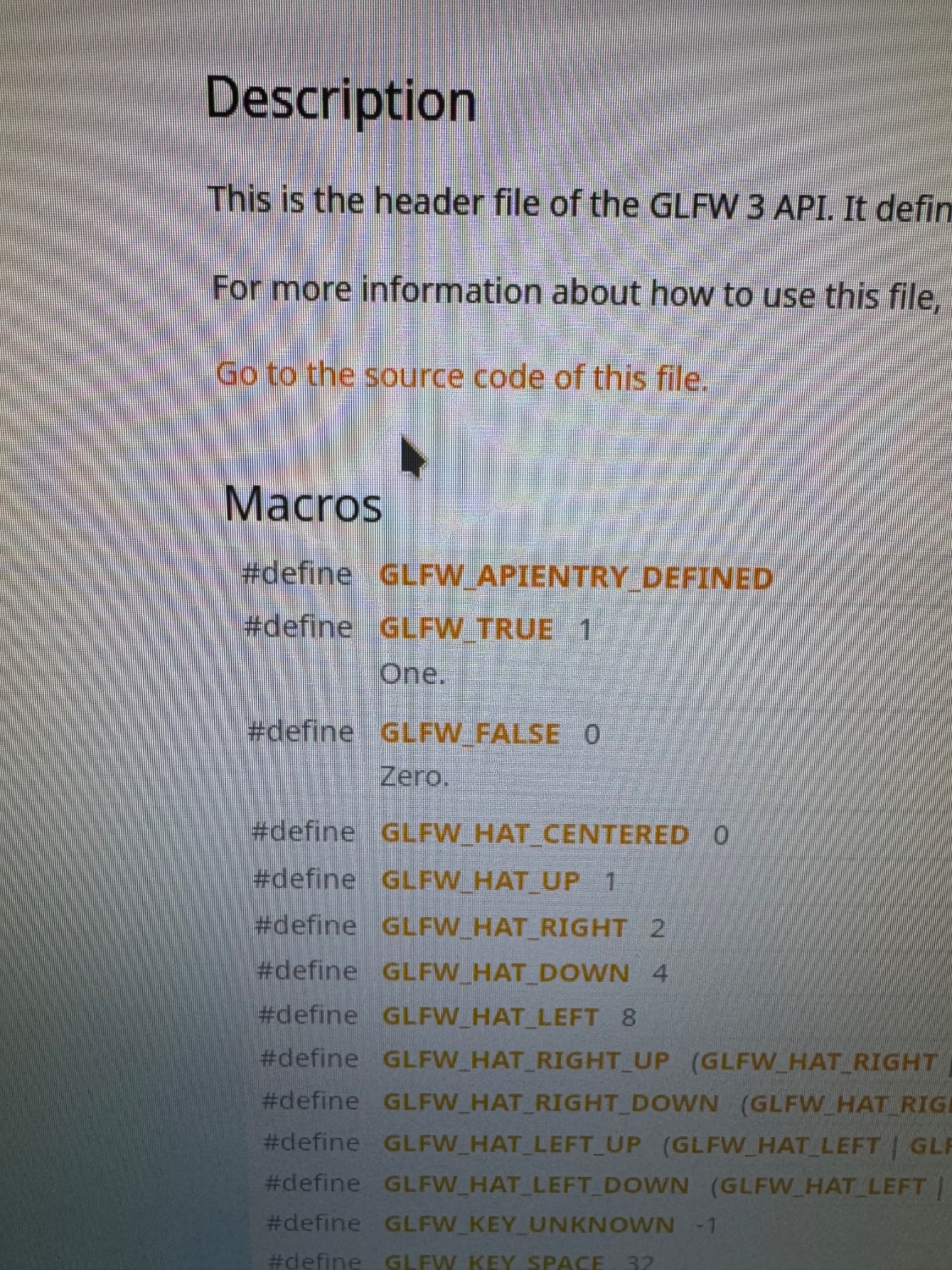this post was submitted on 15 Jan 2025
115 points (92.6% liked)
Programming
17862 readers
194 users here now
Welcome to the main community in programming.dev! Feel free to post anything relating to programming here!
Cross posting is strongly encouraged in the instance. If you feel your post or another person's post makes sense in another community cross post into it.
Hope you enjoy the instance!
Rules
Rules
- Follow the programming.dev instance rules
- Keep content related to programming in some way
- If you're posting long videos try to add in some form of tldr for those who don't want to watch videos
Wormhole
Follow the wormhole through a path of communities !webdev@programming.dev
founded 2 years ago
MODERATORS
you are viewing a single comment's thread
view the rest of the comments
view the rest of the comments


I have seen this, but with "Y", "N" instead. That was the way the database stored it and the way the UI displayed it, but everything inbetween converted to boolean instead, because there was logic depending on those choices. It wasn't that bad, all things considered, just a weird quirk in the system. I think there was another system that did just use those strings plain (like
WHERE foo = 'Y'in stored procedures), but nothing I had to work with. We just mapped "Y" to true when reading the query results and were done with it.(And before anyone asks, yes, we considered any other value false. If anyone complained that their "Yes", "y" or empty was seen as false, we told them they used it wrong. They always accepted that, though they didn't necessarily learn from it.)